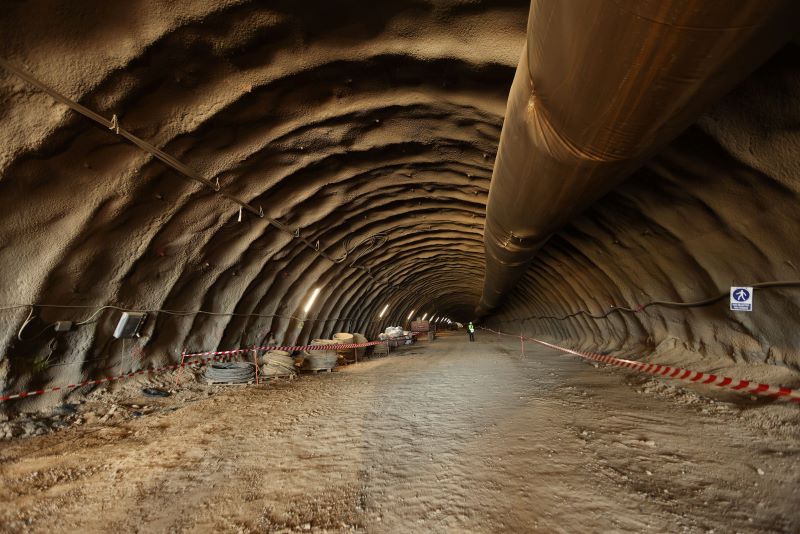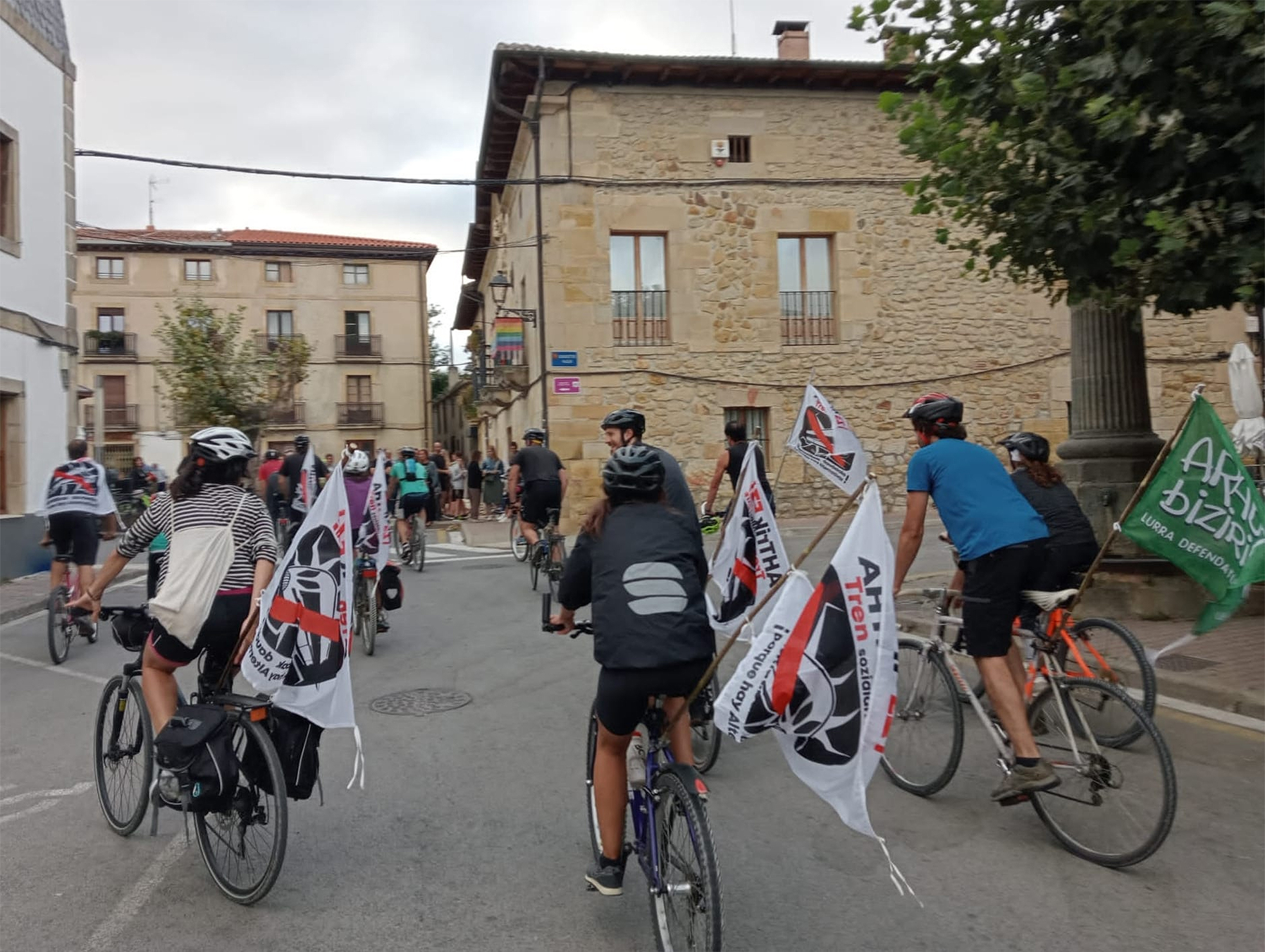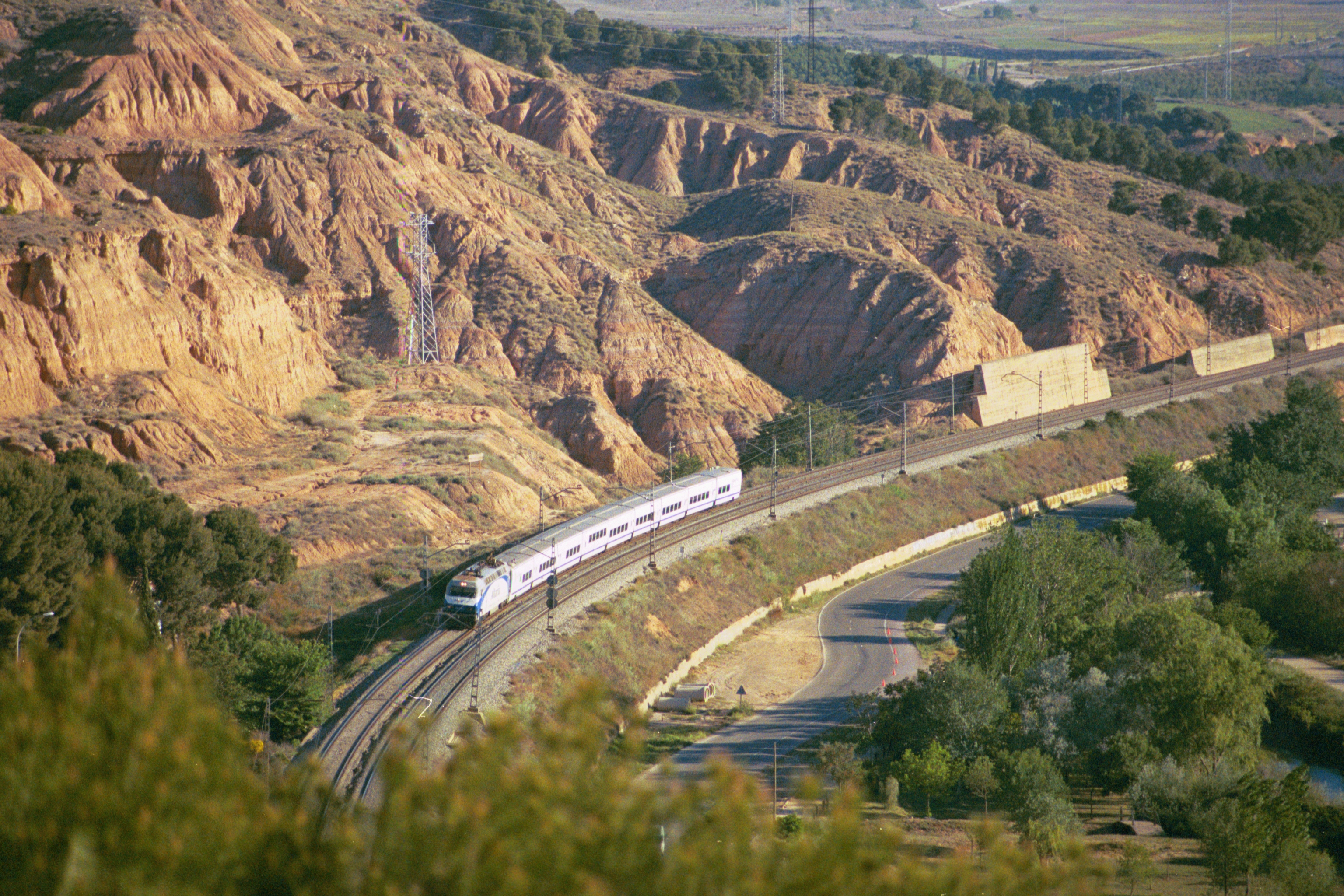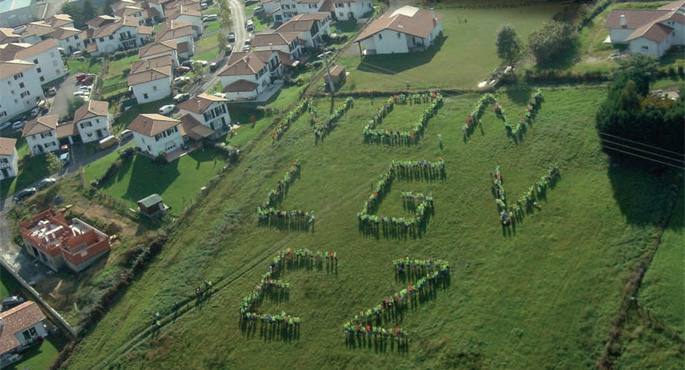Platforms and trade unions agree on a plan to replace 250 kilometres of the TAV
- The proposal has been drawn up and presented by the Navarre railway platform, the railway platforms of the Alavesa Plains and the Alavese Valley and the trade unions representing RENFE and ADIF. Should the agreement be implemented, "250 km of the APR should not be built" in the Basque Country.

In Navarre, Álava and Burgos the agreement for rail transport has been presented. The agreement has been drawn up and presented by the platform for the Navarro railway, both in the Alavesa Plains and in the Alavés Valley. In addition, they have collaborated with trade unions representing RENFE and ADIF in the search for a "technical agreement" to "reactivate circulation".
As indicated in a communiqué, the draft containing the agreement is technically feasible and would correspond to the new railway policy of the Ministry of Transport, Mobility and Urban Agenda and the European railway policy. “We will be able to ensure a smooth and effective connection both with the Atlantic Axis and with the Atlantic-Mediterranean Corridor and with the rest of Europe.”
They say that the project that has been carried out so far in the territory requires a shorter deadline and has a lower investment cost. “If what the agreement says were to be implemented, 250 kilometres of TAV would not be built in Euskal Herria, that is, the projects of the TAV Milan-Vitoria, Vitoria-Iruñea and Iruñea-Zaragoza should be paralysed.”
In the case of Álava, the intention is to maintain the current stations and attractions, and they have stressed that services, frequencies, provision and speed would increase. Furthermore, it would entail the creation of jobs and the recovery of occupation within the railway sector “by revitalizing professional activity heavily penalised by the crisis and railway policies of the past”.
The railways would also respond directly to freight transport, “as they allow an efficient and competitive rail network linked to the production plants and the main industrial sites of Álava”.
In general, the rail corridor would make it possible to use the route both for the transport of goods and for the mobility of all types of travellers (regional, medium- or long-distance), to connect cities and industrial sites without leaving isolated spaces, to have an economically viable and sustainable infrastructure and to provide the territory with a competitive infrastructure.
Request for "Immediate implementation of this new planning"
That is why the trade unions that signed the agreement have made the following requests to the Spanish and Spanish governments:
1.Adecuacion and improvement of current railway lines between Miranda and Altsasu.
2/ Reorientate the planning of the current rail project of the Miranda de Altsasu corridor and make a clear commitment to the arrival of high-performance trains from the existing upgraded corridors and equipped for this purpose.
3.Ejecutar immediately this new planning, avoiding its isolation from the national and European rail network.
4.Apostar decidedly for the extension of rail services, connecting towns, cities and industrial sites to structure the territory and to increase rail freight transport.
They have also asked the Basque Government and the Provincial Council of Álava to support the initiative, making the efforts they can take and which they consider appropriate, so that the request can be complied with, taking into account the future of the province and the defence of its interests.
In recent weeks we have been reading "proposals" for the recovery of the railway line Castec-Soria and the maintenance of the Tudela train station in its current location, or for the construction of a new high-speed station outside the urban area with the excuse of the supposed... [+]
We have been with the "summer snake" over the TAV for a few weeks and with the possibility of linking the "Basque Y" from Pamplona, from Ezkio or Vitoria.
It is disappointing to see that our People continue to depend on decisions concerned and not supported by the galgos and... [+]
In the spring of last year, in Sakana, in Izan and Goierri, flooding was introduced in the municipalities of these areas for the conduct of geological surveys for the works of the TAV. In the canyoning 15 surveys have been requested in the municipalities, from Erro to Olazti /... [+]


















